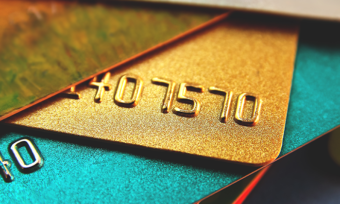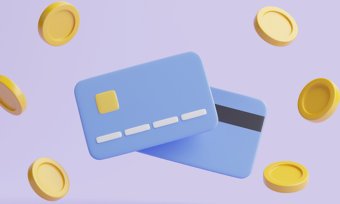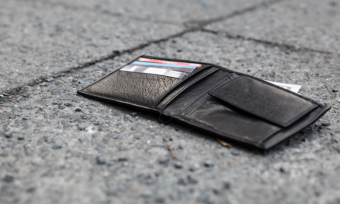Credit card debt consists of the money you’ve spent on your card and the interest you’ve accrued, and it can accumulate if you do not manage your finances carefully.
For many Kiwis, credit cards have become part of everyday life. According to recent RBNZ figures, New Zealanders have $6.1bn in outstanding credit card debt.
Whether you’re the type to use your card for everyday purchases like a morning coffee, for specific purposes like groceries and bills, or whether you just keep it in case of emergencies, it’s important to know how to use it responsibly. Managing your credit card debt is an important part of this – so what do you need to know?
*Correct as of 06/11/23
What is credit card debt?
Credit card debt, simply put, is the amount of money that you owe on a credit card. When you spend on a card, you are effectively borrowing money from a bank or lender, and will need to repay it. Your debt is typically expressed as the balance owing on your card.
It is important to be aware that credit card debt does not only accumulate from the purchases you make. Credit cards generally charge interest on the balance owing on your card, and these interest charges will also form part of your credit card debt.
Compare Credit Cards for free with Canstar
How do credit cards work?
A credit card is a tool that will allow you access to borrowed funds from your bank or lender, up to an agreed limit. Any money you spend will need to be repaid, and you will need to at least meet a required minimum repayment each monthly statement period.
Each month, your bank or lender will provide you with a statement, showing how much money you have borrowed, along with the due date for payment, the minimum repayment amount required, and any fees and charges you’ve accrued.
Your minimum repayment is the lowest amount that you’ll be required to pay each statement to meet your agreement with your bank or lender. If you only pay this amount, and leave a balance owing, you will be charged interest.
These interest charges will be added to the balance you still owe, thus increasing your credit card debt, and your debt will keep increasing this way with each new statement period until the balance is paid off in full.
Compare Credit Cards for free with Canstar
About the reviewer of this page
This report was reviewed by Canstar Content Producer, Caitlin Bingham. Caitlin is an experienced writer whose passion for creativity led her to study communication and journalism. She began her career freelancing as a content writer, before joining the Canstar team.
Enjoy reading this article?
You can like us on Facebook and get social, or sign up to receive more news like this straight to your inbox.
By subscribing you agree to the Canstar Privacy Policy




Share this article